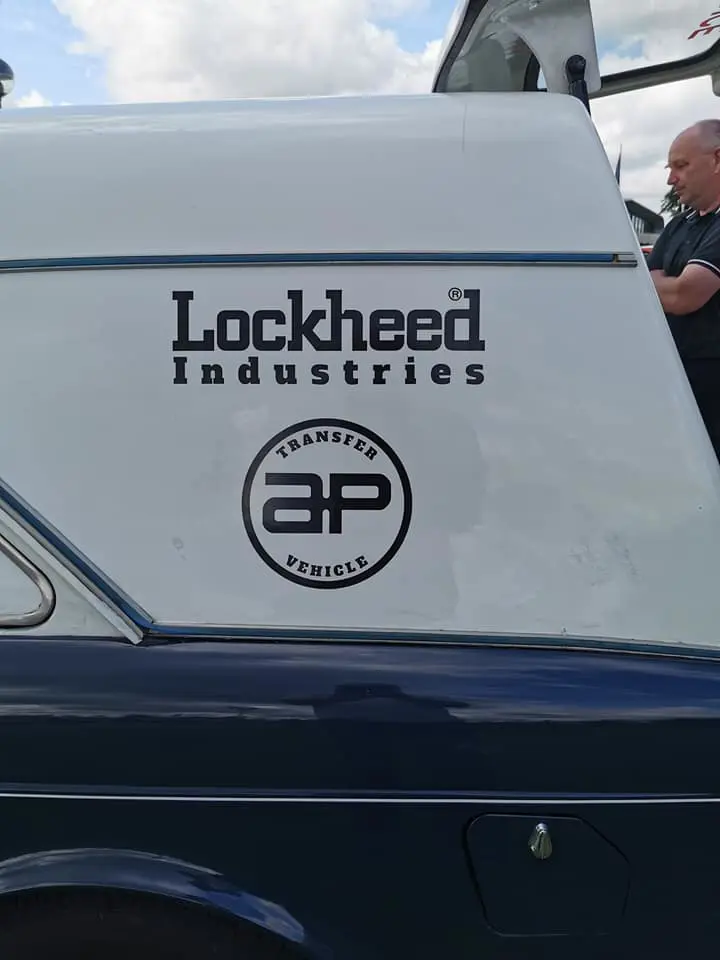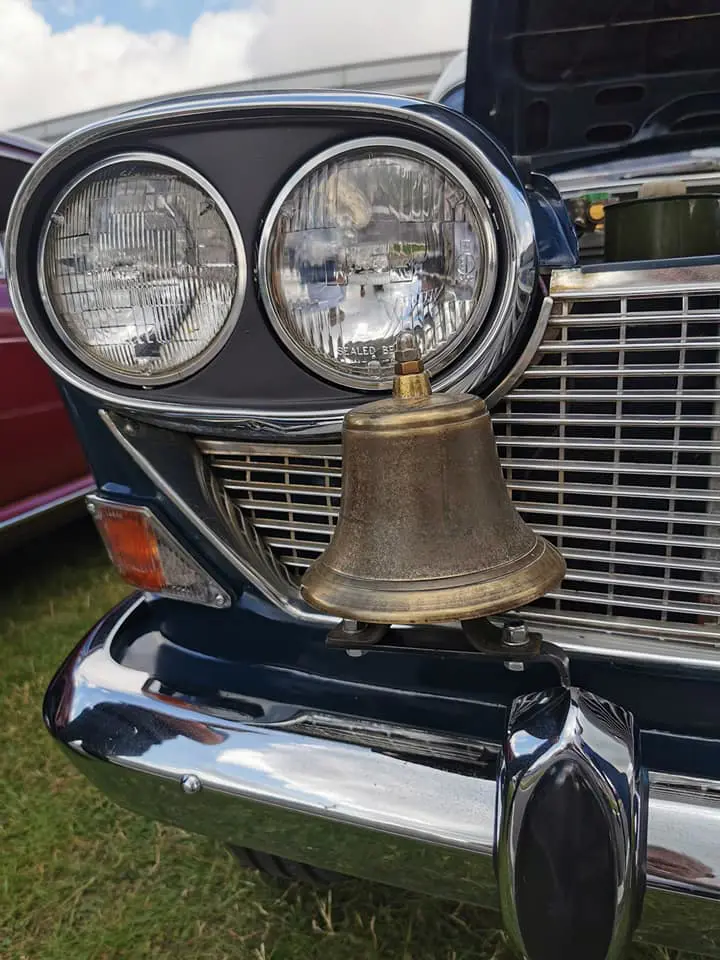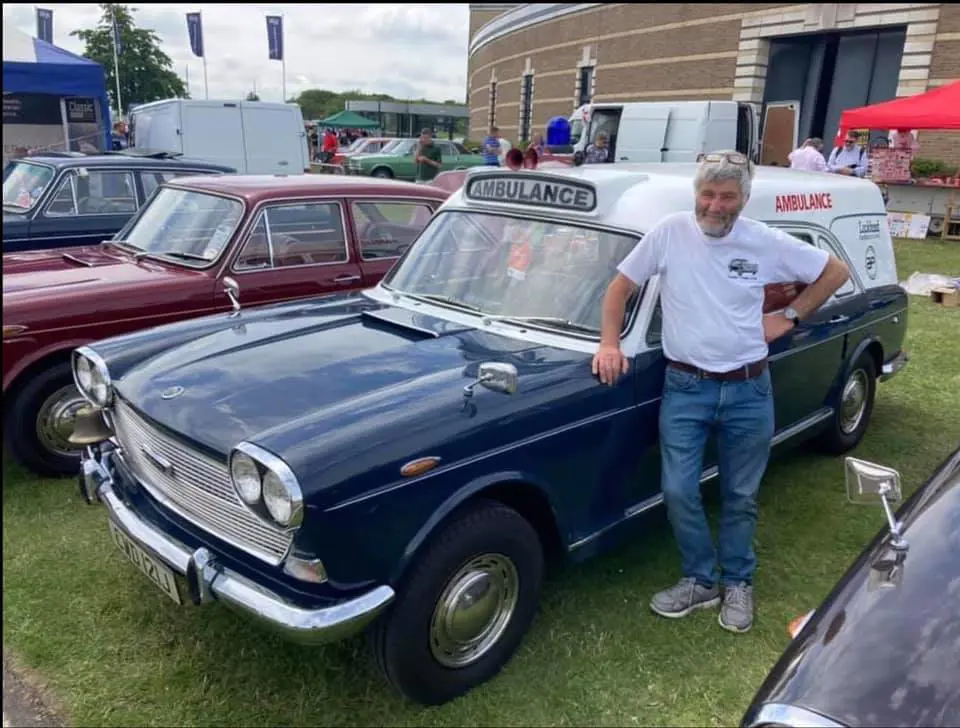MEET THE OWNER – JOHN WILKINS AND HIS AUSTIN 3-LITRE AMBULANCE
23 December 2021
It would be mission impossible to select a Car of The Show from the thousands of fine machines at the recent BMC & Leyland Show 2021. However, it would be fair to say that one of the vehicles that attracted the most attention was the Austin 3-Litre Ambulance owned by John Wilkins.

The ADO61 is one of the most misunderstood products of the BMC empire. Plans for the A110 Westminster’s replacement dated from 1963, and the 3-Litre debuted four years later. The body comprised the Land crab’s central hull with a longer boot and bonnet. A modified seven-bearing version of the C-Series engine drove the rear wheels. The new Austin’s most interesting technical feature was the self-levelling rear suspension while advertisements promised socially ambitious buyers a ‘thoroughbred.’
Sadly, the 3-Litre did not prove a commercial success and production ended in May of 1971 after less than 10,000 units. In the previous year, a test in The Guardian was rudely headlined AUSTIN’S ANACHRONISM, and it concluded:
“To succeed in the 3-litre category nowadays needs something more than luxury, or luggage space, or even the lasting qualities which it seems reasonable to assume the Austin possesses. It needs style, and performance, and refinement. Something like a Jaguar”.

Yet the 3-Litre was a vehicle of many qualities, not the least of which was its ride. The elaborate suspension and cabin space made the Austin an ideal base for a specialist ambulance. There are records of Wadham Stringer of Hampshire converting possibly 13 for this purpose. By 1965 the firm claimed to build over 40 per cent of the nation’s ambulances, the majority of which based on the BMC LD chassis
Wadham also constructed specialist vehicles, and they marketed the 3-Litre as a high-speed transfer ambulance. These would typically be employed to transport patients to orthopaedic, neurology, trauma or cardiac centres. The London Ambulance Service apparently used four of such Austins; sadly, none probably survive.

Meanwhile, some of the other Wadham conversions were uses as factory ambulances. Lockheed Industries commissioned John’s 3-Litre, and the equipment included two-note horns, a blue flashing light, a stretcher and oxygen bottles. Mr. Wilkins acquired his Austin around three years ago; “at that time, it was running. I fitted it with a new clutch and worked on the brakes”.
As to his 3-Litre’s history, John believes it to have been off the road for 15 years during its lifespan. The Austin also resided in Germany for a while. He has added the working bell, plus “an old blood pressure machine, a Stethoscope, a fire extinguisher and a first aid kit”.
The Ambulance features the manual gearbox sans overdrive, and John finds it drives much the same as the 3-Litre saloons in his collection. And today, CWD 212 J must be one of the most exclave vehicles to wear the Austin badge.
With Thanks To: John Wilkins, Neil Kidby and Tanya Field
